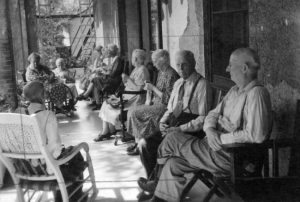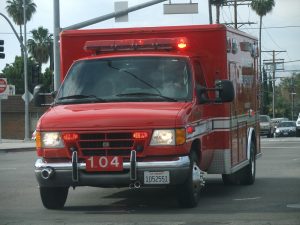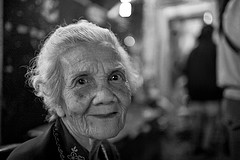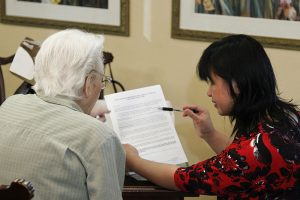 According to a recent report from U.S. News & World Report, nursing homes in California, including in San Diego, may rank better than facilities in other parts of the country. However, just because a nursing home makes the list for having the highest number of high-quality nursing homes, according to a recent article in Senior Housing News, that fact alone does not necessarily correspond to the state having a particularly high percentage of high-quality facilities. If you have a loved one who currently resides in a nursing home in Southern California, or if your aging parent soon may be moving into an assisted-living facility, it is important to understand what nursing home rankings do (and do not) mean.
According to a recent report from U.S. News & World Report, nursing homes in California, including in San Diego, may rank better than facilities in other parts of the country. However, just because a nursing home makes the list for having the highest number of high-quality nursing homes, according to a recent article in Senior Housing News, that fact alone does not necessarily correspond to the state having a particularly high percentage of high-quality facilities. If you have a loved one who currently resides in a nursing home in Southern California, or if your aging parent soon may be moving into an assisted-living facility, it is important to understand what nursing home rankings do (and do not) mean.
What can we learn about the quality of California’s nursing homes from the report in U.S. News & World Report? What other issues do we need to take into consideration when evaluating the quality of a particular nursing home and the risks of nursing home abuse?
Rankings for High-Quality American Nursing Homes
 Southern California Nursing Home Abuse Lawyer Blog
Southern California Nursing Home Abuse Lawyer Blog

















